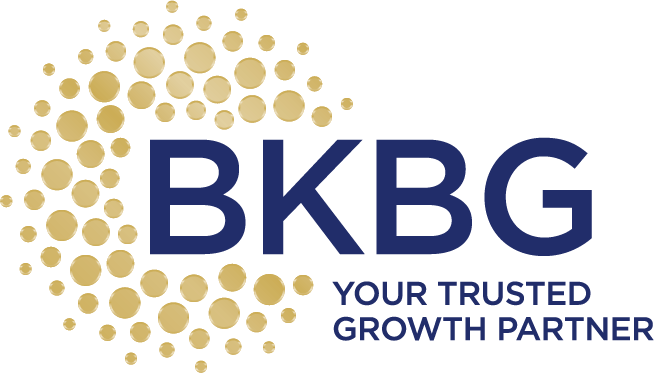Faster Than A Speeding Bullet
Michael Lewis’ (of Liar’s Poker and Money Ball fame) book Flash Boys explains how companies use mathematical algorithms and stock market analysis to gain competitive advantages that enable them to analyze the movement of a stock and then they cut in line to buy the stock at a lesser cost or run the numbers up after buying it. They do this by optimizing the speed in which their purchases are processed. There are 11 different centers where stock purchases are processed, and these guys know which orders arrive faster than the others. Their buys, sells and profits are garnered within milliseconds.
There is nothing illegal about being able to manipulate the stock market this way – at least for now. It’s another stinging example of how technology and those who know how to use it are gaining competitive advantages.
What does this mean to kitchen and bath showrooms? We already know that technology continues to change the way showroom customers buy. It is changing the way that showrooms have to sell. And technology will continue to change the way products are reviewed and purchased. Look at what Amazon has done and continues to do. Customers that search on Amazon will find different prices on the same products depending on the day of the search. Marketing expert Mitch Joel points out that “the average consumer on Amazon probably never knows what the initial price (of a product) was, and how it changed over time…In a world where there are no physical shelves, endcaps and stickers, the price of products (and even services) can fluctuate as much as a stock price and consumers will be none the wiser.”
Joel asks the question what if every product in a store only had a bar code and no price tag. When customers want to buy something, they would scan the code with their smart device and the price would be automatically adjusted to match what consumers could buy it for online. Would that be right? Could brick and mortar stores survive? Would retail sales become comparable to buying stocks with prices changing based on supply and demand, manipulations or other factors? Would consumers stand for buying a sweater at 10:00am on Tuesday for $100 and their neighbor buys the identical item for $75 at 3:00pm on Wednesday?
Joel’s point and one that strikes a chord with showrooms is that consumers want to be connected with the showrooms and their sales professionals who specify products for their homes. If showrooms and their staffs don’t make those connections and if they don’t demonstrate their value, everything that the showroom sells becomes a commodity. Customers will go online to find where they can buy what you sell cheapest. And there is a segment of the population that will do that regardless of the connection that you try to make. As a former BKBG Conference keynoter Marcus Sheridan reminds us you can’t lose a sale from a customer that you never had.
Joel concludes, “What we are seeing – in the world of speed and technology – is that the underlying service, value-add and help are becoming an ever-increasing value proposition.” The truth is that 95% or more of what you sell in your showroom can be purchased at less cost elsewhere if your customers are willing to spend the time and energy. The question that showrooms should be answering now is what are you doing to demonstrate your value? What can you do better to connect that makes your showroom a destination of choice instead of a venue for price?
